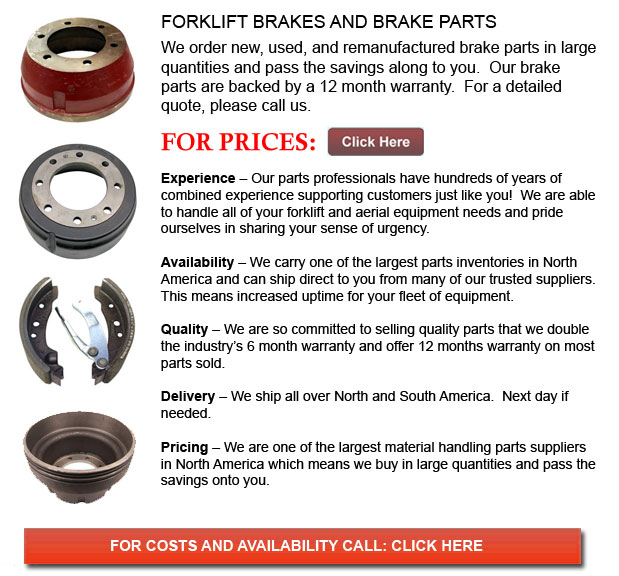
Forklift Brakes - A brake drum is in which the friction is supplied by the brake pads or brake shoes. The pads or shoes press up against the rotating brake drum. There are several other brake drums types together with certain specific differences. A "break drum" will usually refer to when either shoes or pads press onto the interior exterior of the drum. A "clasp brake" is the term utilized to be able to describe whenever shoes press next to the exterior of the drum. One more kind of brake, known as a "band brake" uses a flexible band or belt to wrap around the outside of the drum. Whenever the drum is pinched in between two shoes, it could be referred to as a "pinch brake drum." Similar to a conventional disc brake, these types of brakes are quite rare.
Early brake drums, prior to 1955, required to be constantly adjusted so as to compensate for wear of the drum and shoe. "Low pedal" can cause the needed modifications are not done sufficiently. The vehicle could become dangerous and the brakes can become ineffective when low pedal is combined together with brake fade.
There are various Self Adjusting Brake Systems existing, and they could be categorized within two major kinds, RAI and RAD. RAI systems have in-built devices that prevent the systems to recover whenever the brake is overheating. The most popular RAI manufacturers are Bendix, Lucas, Bosch and AP. The most well-known RAD systems comprise Volkswagen, VAG, AP, Bendix and Ford recovery systems.
Self adjusting brakes usually utilize a device that engages only whenever the motor vehicle is being stopped from reverse motion. This stopping technique is suitable for use where all wheels utilize brake drums. Nearly all vehicles nowadays utilize disc brakes on the front wheels. By functioning only in reverse it is less possible that the brakes would be applied while hot and the brake drums are expanded. If tweaked while hot, "dragging brakes" could happen, which increases fuel intake and accelerates wear. A ratchet mechanism which becomes engaged as the hand brake is set is one more way the self repositioning brakes may operate. This means is just appropriate in applications where rear brake drums are used. Whenever the emergency or parking brake actuator lever goes beyond a specific amount of travel, the ratchet developments an adjuster screw and the brake shoes move toward the drum.
There is a manual adjustment knob situated at the base of the drum. It is usually adjusted via a hole on the other side of the wheel and this involves going under the vehicle together with a flathead screwdriver. It is of utmost significance to be able to move the click wheel properly and modify each wheel evenly. If unequal adjustment occurs, the vehicle could pull to one side during heavy braking. The most efficient method in order to make sure this tedious task is done carefully is to either lift every wheel off the ground and spin it manually while measuring how much force it takes and feeling if the shoes are dragging, or give each one the exact amount of manual clicks and then do a road test.
![]() Click to Download the pdf
Click to Download the pdf
Forklift Parts
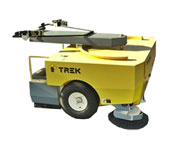
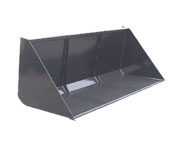
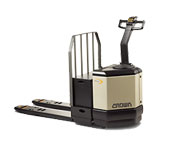
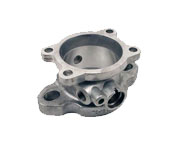
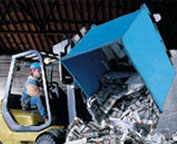
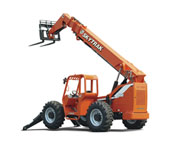
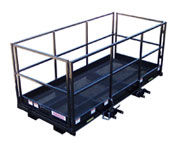
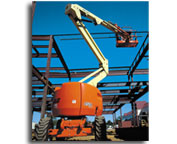
Lift Parts Express
TOLL FREE: 1-888-695-7994
Buffalo, New York
forkliftpartsbuffalo.com
Email Us
About Us


